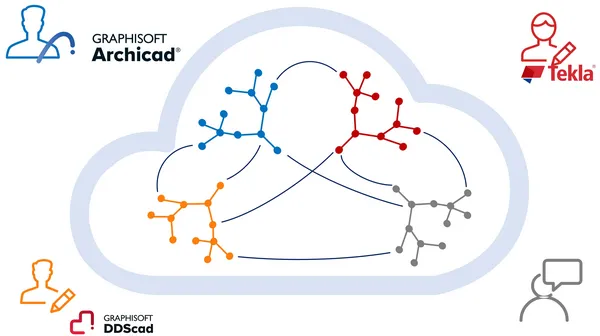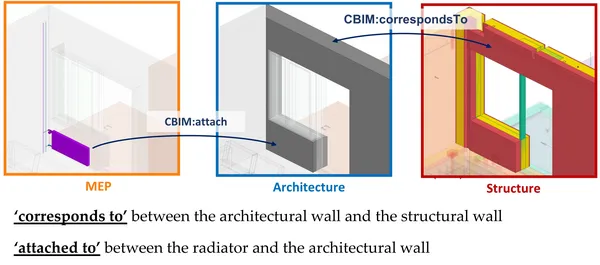Building Information Graphs
| PostDoc | Dr. Zijian Wang PhD in AI for BIM, MSc in Computer Vision, BEng in Civil Engineering |
Motivation and Goals
The fragmented nature of the construction industry necessitates close collaboration among design disciplines and requires information exchange without data loss. Despite advances in BIM technology, design teams still rely on a sequential file-based process for sharing information during design resulting in issues, such as clashes and poorly performing data representation.
Proposed Research
We propose Building Information Graphs (BIGs) as an alternative information modeling method, which structures design models in a graph-based format to enable learning and intelligent applications. Graphs naturally compile relationships explicitly between objects, allowing for more granular object-level data representation, and efficiently capturing design intent and constraints. Additionally, graphs have the flexibility to represent various types of data for embedding multi-modal design information in a machine-accessible form that enables learning.
Potential Benefits
Leveraging graph representation and graph learning, BIGs support a range of innovative applications that are hard to achieve using current BIM technologies. For example, multidisciplinary change propagation, automated consistency maintenance, object-based version control are potential applications. BIGs will help revolutionize the application of AI in AEC design, seeding a more collaborative, intelligent, and generative future.

